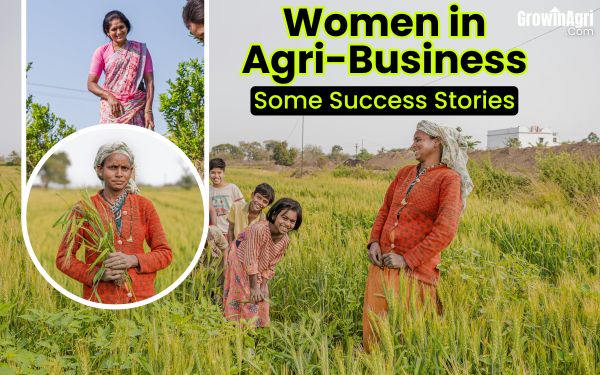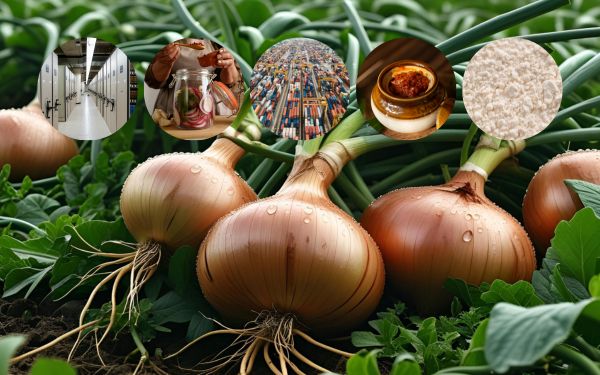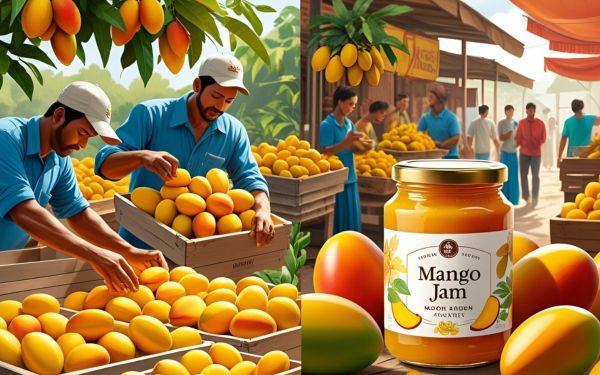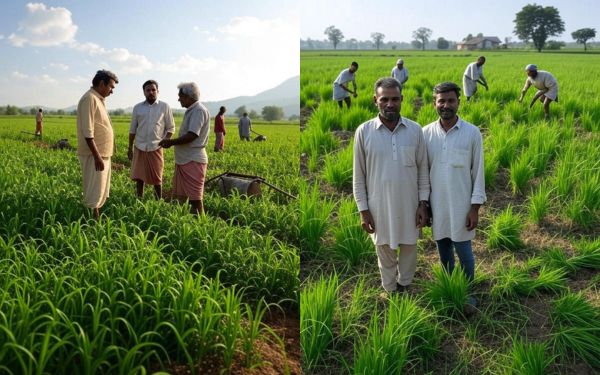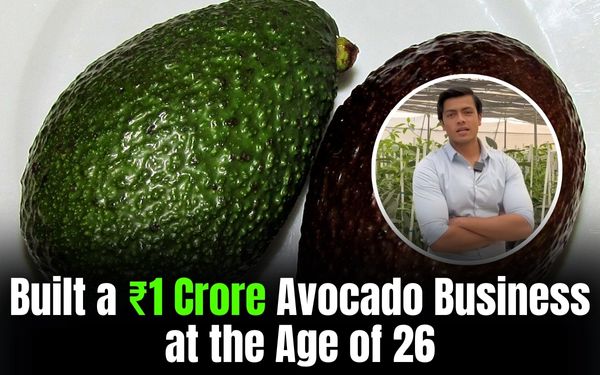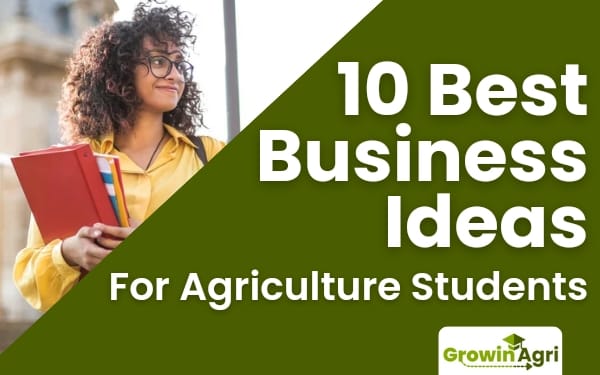Women in agribusiness: success stories and opportunities
The concept of independent women or working women is not new. I have seen my grandmothers working in the fields, farming, and no one questioned them. Women in agriculture or agribusiness is not a new concept. However, the fact is that women in agriculture have often faced family financial instability in the farming community. Nevertheless, women nowadays are proving them wrong, making it a norm, and we have the proof with us.
Success Stories and Opportunities
Some great examples of women’s empowerment in the agriculture field:
Nethra’s Story of Vaaradhi Farm
Nethra Reddy, the founder of Vaaradhi Farms, is an entrepreneur with a passion for organic farming and a sustainable lifestyle. Nethra, an agripreneur from Andhra Pradesh, is currently on the journey of building an organic and sustainable brand. She brings the goodness of nature to your table.
She has a lot of products — from raw organic vegetables to ghee pickles, raw natural honey, lip balms, etc., all organic and natural.
Nethra presents how agriculture can be a great and profitable career option for the young generation.
Binita Kumari’s Story of Mushroom Farming
Binita Kumari is a woman entrepreneur who does mushroom farming. She is from an underprivileged family in Bihar. But Binita’s dedication and hard work helped her to excel in farming. She learned mushroom farming from KVK (Krishi Vikas Kendra). She started her journey by procuring mushroom spawn from KVK Banka and completed her first 25 bags.
Binita is not only a successful mushroom farmer but also a great marketer. Her story inspired many women from her village as well as nearby villages. The Government of India helps women farmers in establishing their own businesses.
Remabhai’s Story of Soilless Dragon Fruit Farming
Agriculture is not always about money; sometimes it also works as mental therapy for a lifestyle that is not lazy but active. This is shown by a farmer from Kerala, Ramadevi, a retired zoology teacher. Where people say retirement is the end of your career and you spend time resting, for Ramadevi, retirement is not the end of her career, but the beginning of a new one.
Ramadevi is from Kerala. She started her journey of dragon fruit farming due to its benefits for the heart and eyes. She started farming on her terrace.
She chose to grow dragon fruit on her terrace and decided to do soilless farming. Though it came with a lot of difficulties, trial and error, and experimentation, she was able to grow them successfully. Her tricks worked like magic, and now she earns a good amount of money from dragon fruit farming post-retirement.
Sharmila’s Story of Drones in Agri-Tech
Under the government’s Drone Didi initiative, Sharmila Yadav, a farmer from Haryana, got herself enrolled in Drone Destination and the Indian Farmers Fertiliser Cooperative Limited.
She spent almost 5 weeks studying drones, both theory and practical. She was able to spray fertilizers over agricultural lands and earned a good income by using drones. This is not only the story of Sharmila but also of many other women registered under the Didi scheme.
This is where tech meets agriculture — and, most importantly, small farmers are able to earn from this kind of technology. Women from Varanasi, Haryana, Chhattisgarh, Punjab, and all over India are now part of this movement.
Conclusion
All the stories above show different kinds of opportunities women have in agribusiness.
Opportunity by value addition to your produce and building a brand — like the way Nethra has done with Vaaradhi Farms. This is not just a farm but an initiative towards an organic and sustainable lifestyle.
Binita’s mushroom farming shows us that mushroom farming is profitable and a great opportunity for women farmers. She shows us that it doesn’t matter where you are from; if you have passion and are ready to work hard, you can achieve a fruitful life.
Remabhai shows us that retirement is not the end of your career but the beginning of a new journey, and age is just a number.
Drone Didis showed us that technology is not only for the privileged ones. Technology can be learned and used at any phase of your life; what you need is curiosity and willingness.

